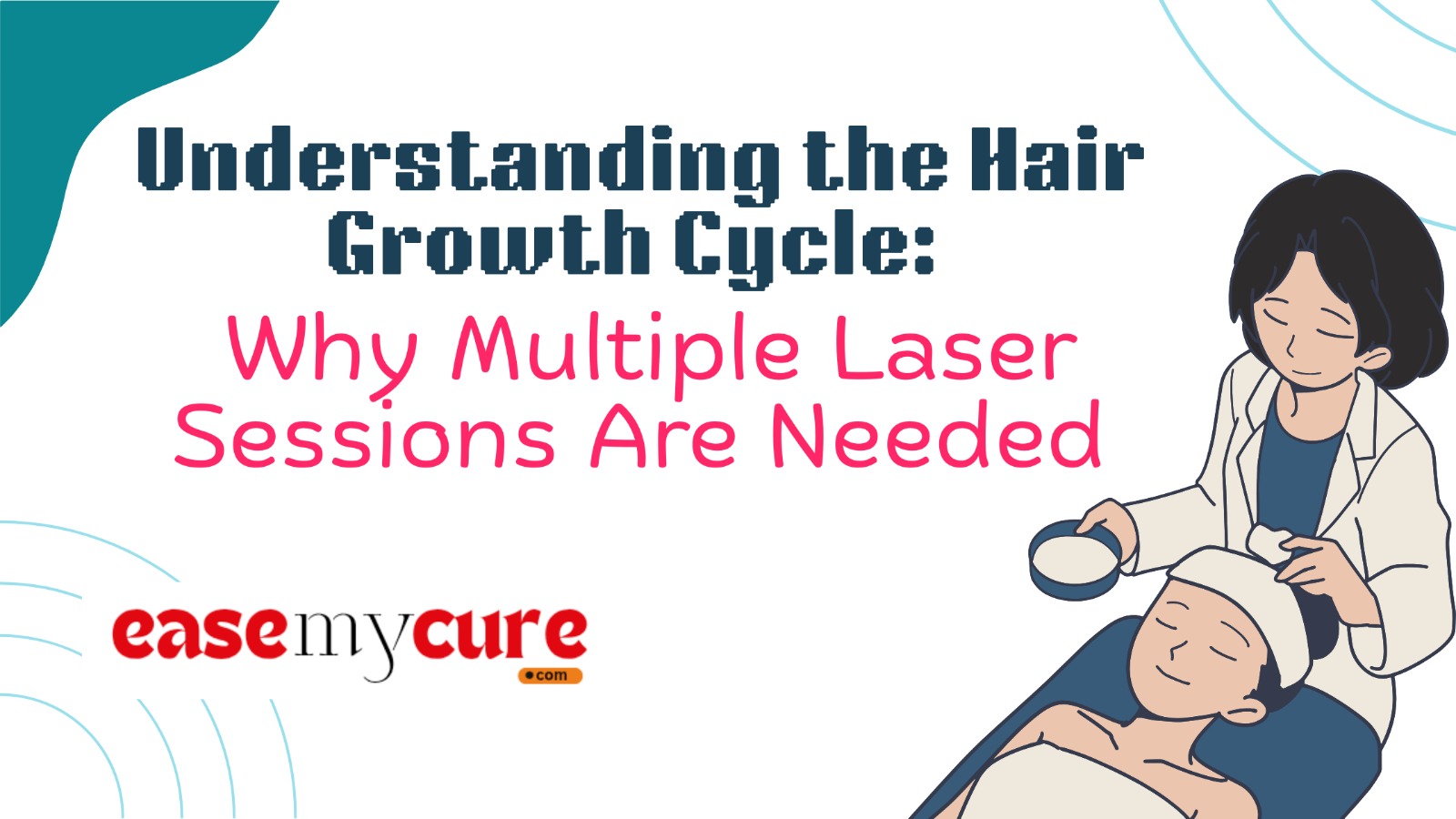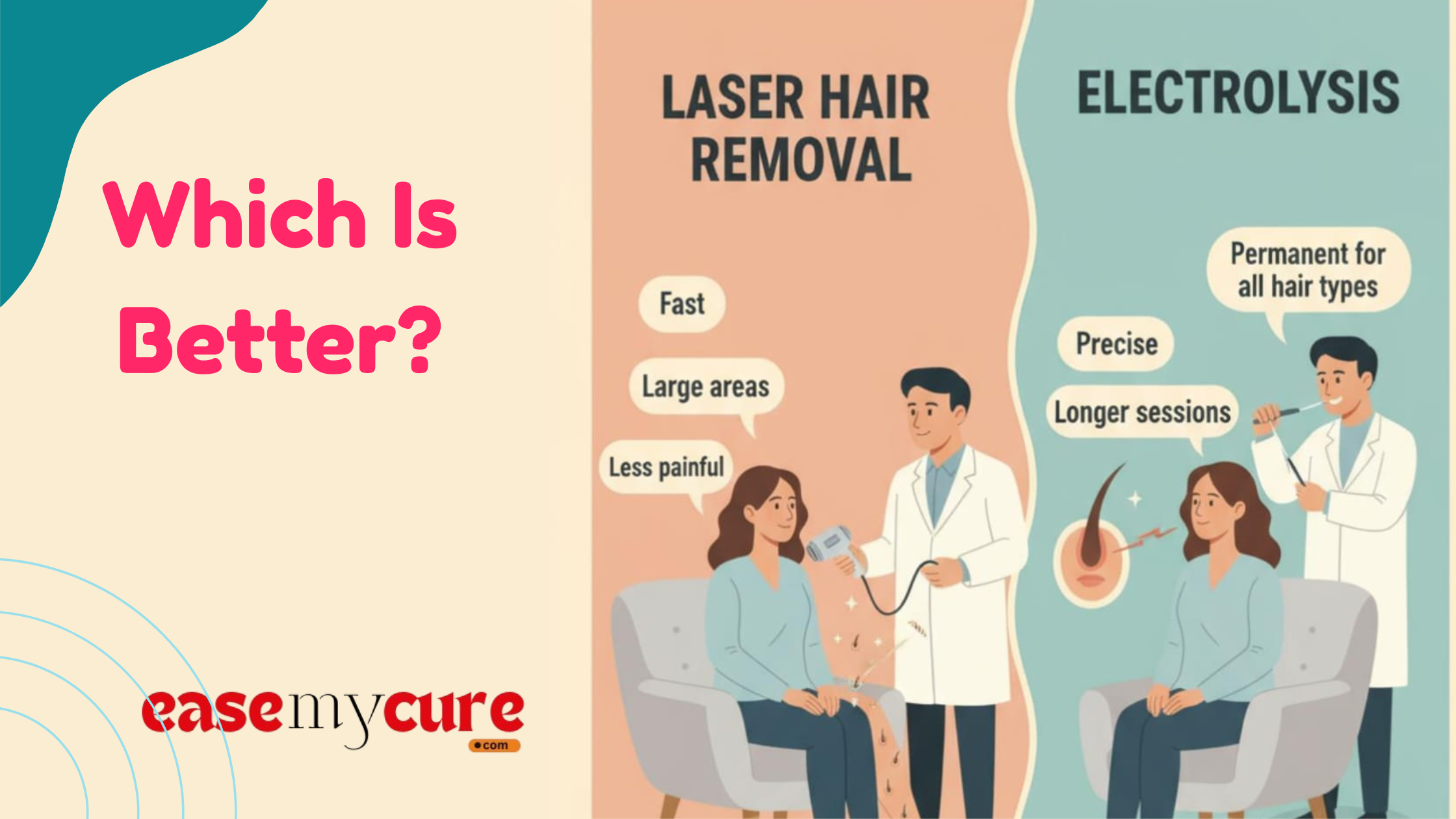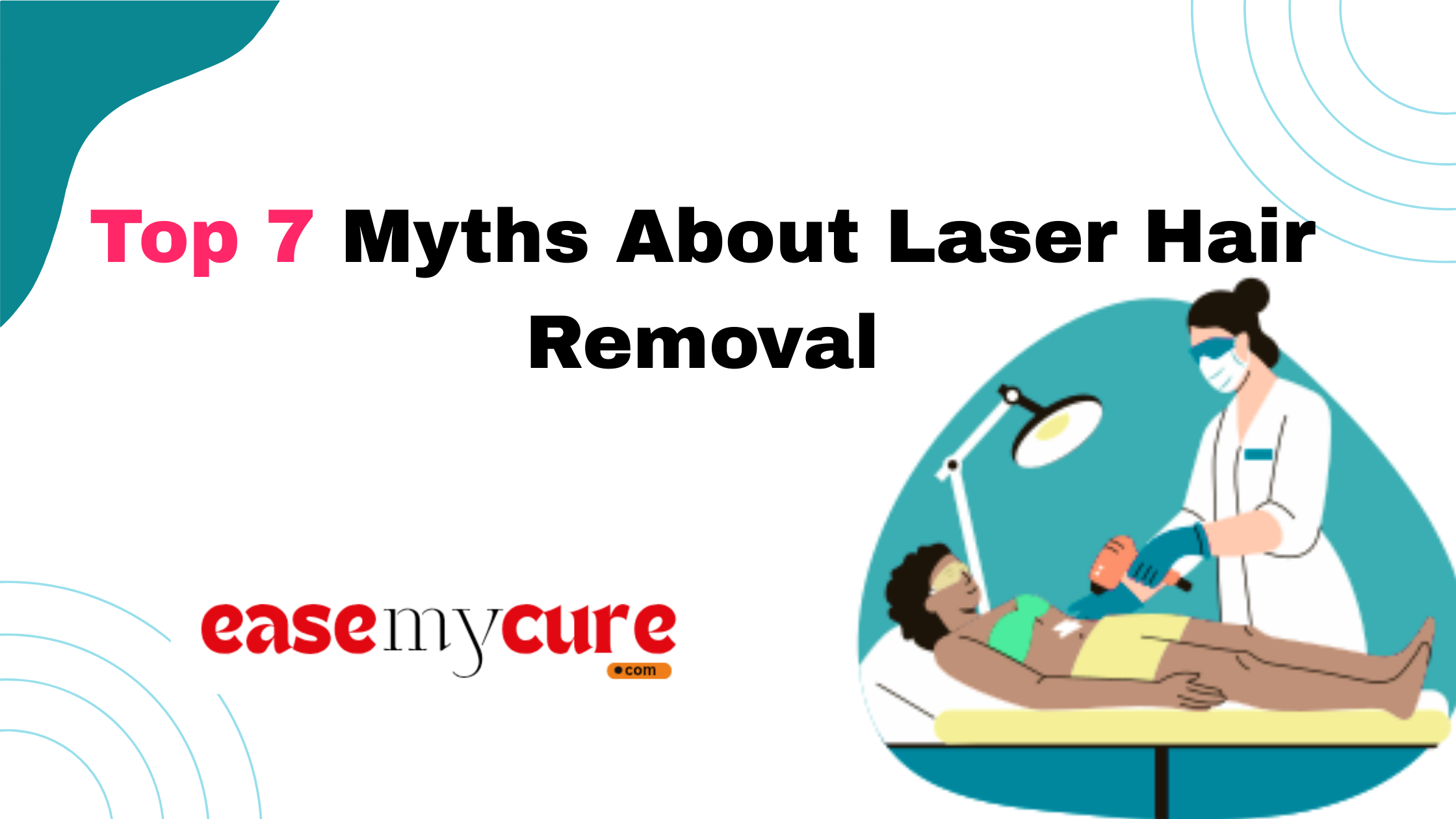Did you know that Laser hair removal is one of the most effective ways to reduce unwanted hair? In fact, its current market size was valued at around $1.13 billion. This implies the increasing demand for safe, long-lasting, and effective hair reduction, which is possible only with laser hair removal techniques.
However, the success of hair removal often depends on your hair growth cycle. So, the best thing to do is understand this cycle and know why you need multiple treatment sessions for complete removal.
Let’s discuss the hair growth cycle further and learn how it impacts the effectiveness of laser hair removal.






